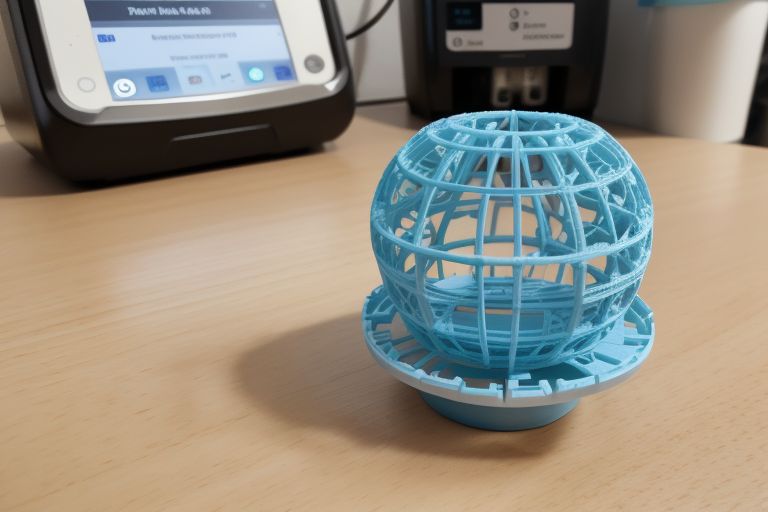The concept of a Quantum Internet represents a revolutionary leap in communication technology, promising to harness the principles of quantum mechanics to create a network that is inherently secure and virtually unhackable. This cutting-edge development aims to build upon the foundation laid by the current internet, enhancing security, privacy, and computational capabilities beyond what classical systems can offer. Let’s explore the foundational aspects of Quantum Internet, its potential benefits, and the challenges that lie ahead.
The Basics of Quantum Internet
Quantum Internet utilizes quantum bits or qubits, which, unlike classical bits that are either 0 or 1, can exist in multiple states simultaneously thanks to superposition. This quantum property, along with entanglement—where the state of one qubit instantly influences another, no matter the distance—forms the backbone of Quantum Internet.
Key Components and Technologies
- Quantum Key Distribution (QKD): QKD uses quantum mechanics to securely distribute encryption keys between parties. Any attempt to eavesdrop on the transmission would inevitably alter the quantum state of the keys, alerting the parties to the intrusion.
- Quantum Repeaters: Due to the fragility of quantum states, maintaining integrity over long distances requires quantum repeaters, which extend the range of quantum communications without collapsing the quantum state.
- Quantum Satellites: To overcome terrestrial limitations, quantum satellites can facilitate long-distance quantum communication by relaying entangled particles across the globe.
Potential Benefits
- Enhanced Security: The inherent properties of quantum mechanics make Quantum Internet resistant to traditional hacking methods. QKD, for example, offers a level of security that is theoretically impossible to breach without detection.
- Privacy and Anonymity: Quantum Internet could provide unparalleled levels of privacy, as any attempt to intercept communications would be immediately apparent.
- Computational Power: Integrating quantum computing with quantum networking could unlock new computational capabilities, enabling complex problem-solving far beyond the reach of classical computers.
Challenges Ahead
- Technological Hurdles: The development of stable, long-lasting qubits and efficient quantum repeaters is a significant challenge. Quantum states are extremely delicate, and maintaining coherence over long distances requires breakthroughs in quantum technology.
- Scalability: Currently, quantum communications systems are limited in their range and the number of users they can support. Scaling these systems to a global level presents a massive technological and logistical challenge.
- Integration with Existing Infrastructure: Merging Quantum Internet with the current internet infrastructure involves compatibility challenges, requiring new protocols and systems that can operate seamlessly with legacy technology.
The Path Forward
Significant investments in research and development are underway globally, with various governmental and private entities pushing the boundaries of what’s possible. The European Quantum Communication Infrastructure (QCI) and projects under the Quantum Internet Alliance are examples of concerted efforts toward realizing a Quantum Internet.
In summary, while the Quantum Internet is still in its nascent stages, its potential to revolutionize communication through unrivaled security and computational power is undeniable. Overcoming the technical and logistical hurdles will require global cooperation and innovation, but the rewards promise to redefine the landscape of digital communication and security.



